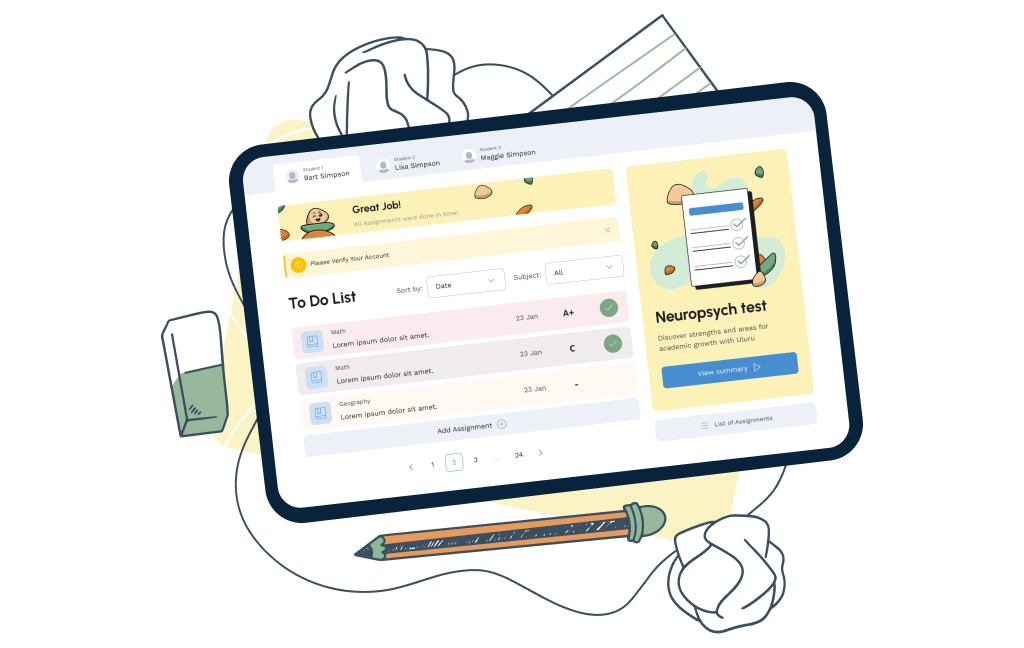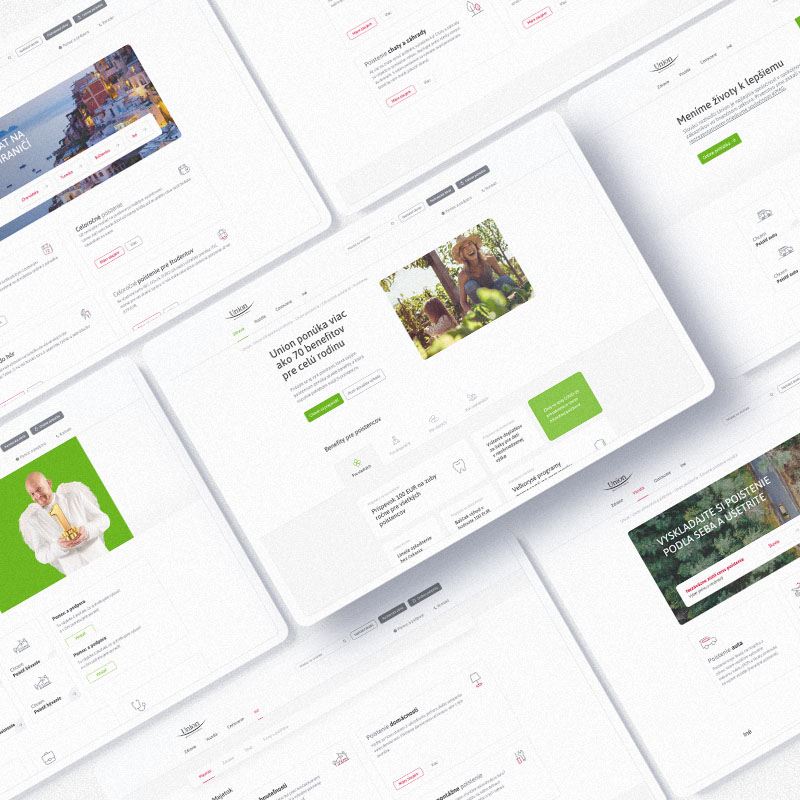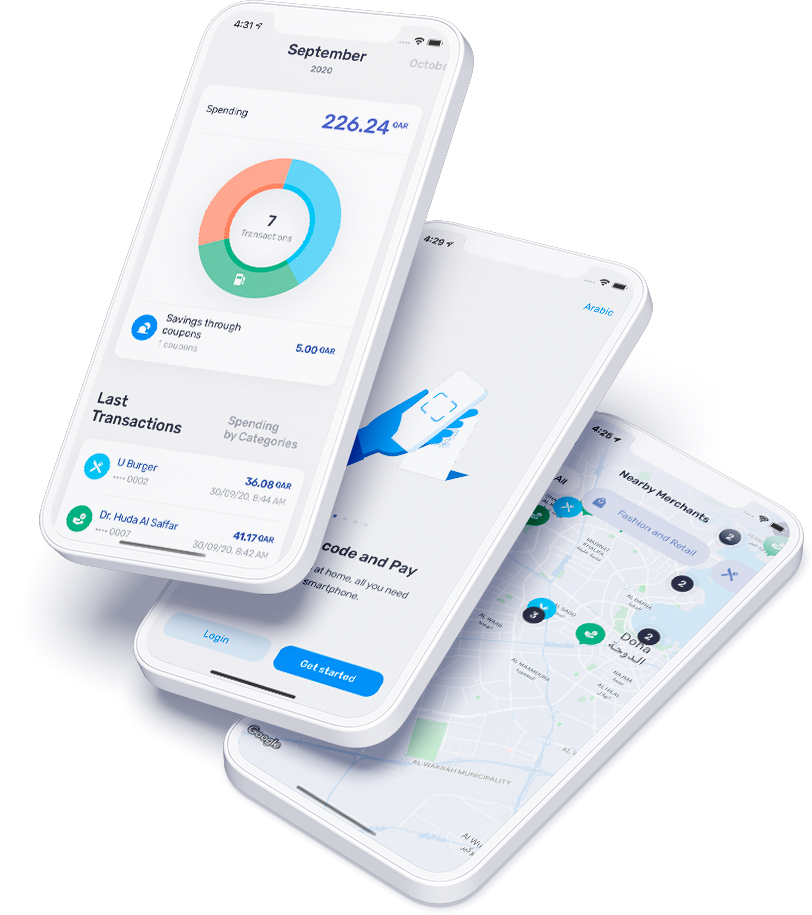Great software, zero headaches
Web Development
Web experience matters a lot. Once your customer visits a website, you need to make an impression that lasts. We create responsive, intuitive, and distinct user experiences that eliminate friction. Transform your idea into a high-performing website without extra stress – just as you envisioned.
15+
Years
expertise
140+
Happy
clients
95%
Client
retention

Creating beautiful web experiences that truly work
-
"Our website feels outdated and doesn't engage users."
We design intuitive, user-friendly experiences that keep visitors engaged, guiding them toward actions that matter - whether it’s making a purchase or building a connection.
-
"Our site loads too slowly, and users leave before it even opens."
We optimise performance to ensure your site loads instantly and runs smoothly on any device, improving user retention and search engine rankings.
-
"We’re concerned about cyber threats and staying compliant with regulations."
We implement strong security measures and ensure full compliance with the latest regulations, so nothing keeps you up at night.
-
"Our platform isn’t scaling with our business needs."
We build future-ready solutions that grow with your business, ensuring stress-free expansion and operational scaling without disruption.
-
"We need our website to connect with other tools and platforms."
We will integrate your website with social media, CRM systems, payment gateways, and other third-party services to keep your business connected.
-
"We don’t have clear insights into how users interact with our site."
We equip your platform with analytics tools that transform raw data into actionable insights, helping you optimise engagement and focus on what truly matters—driving their business forward.
Our clients












We deliver UI/UX designs with excellence and care
From design to delivery, we guarantee quality and reliability in every step of the process.
- Your UI web design stays sharp on every display
- It feels native on both Android and iOS platforms
- Lean and fast-loading web solutions with a strong business identity
Increase conversion rates
86% of users move to the product page once they're on the website. We introduce each product in its own appealing way by walking in the customer's shoes and tracking their behaviour.
Raise site visit duration
38% of customers will leave a website if its layout or content isn’t engaging. We create clear user interfaces that direct users through the site to the products they actually need.
Impress your users
Colours increase digital recognition by at least 80%. Therefore, we always choose stylish colour schemes and trendy elements for web designs that will set you apart.
Build a brand
94% of users mistrust websites because of bad design. Our team secures the trust of customers by designing a solid identity and contributing to the website's visual credibility.
How we make it work for you
01 Processing your idea
02 Discovery
03 Design
04 Development and QA testing
05 Maintenance
At the beginning of our journey, we will run:
- Analysis of competitors
- Market research
- Project vision analysis
- Development risks analysis
We convert your idea into project requirements, anticipate challenges, and choose suitable architecture for your solution in order to provide web security and scalability.
We carefully build design concept and make sure it is intuitive and suitable for your solution to resonate with your target audience, delivering stress-free progress throughout your project.
As your zero-headaches software partner, we test the functionality of the delivered web solution to fix any bugs and errors before release, so nothing keeps you up at night.
In case you face any problems with your solution, our team is always ready to jump in and resolve these issues as soon as possible.
It's high time to scale your operations and explore new markets. In our commitment to make the pain of building software go away we help you to:
At the enterprise level, the focus shifts to optimising existing digital assets and integrating new technologies for sustained growth:
Why Altamira?
Unique client-based approach
On top of trust and transparency we guarantee, our team anticipates challenges and resolves them before they impact you, delivering smooth progress throughout entire project.
Flexibility of every development step
We continuously improve our own processes and practices to reduce errors, accelerate timelines, and keep your project on track without unnecessary complexity.
Getting to value in days, not months
We build, test, and refine in fast cycles, so you get to value sooner and rest easy knowing you are always informed about the latest project developments.
Case studies






Custom mobile app for dog owners
Modern technology can help owners care for their dogs and keep them safe. GPS tracks and saves dogs’ history for their whole life, easily transfers it to new owners and ensures the security and detectability of the animal.

Restaurant POS system development
There are still numerous cafes and restaurants that get by with only cash, pen, and paper, having no clue about all the ways a modern POS system can help them run a restaurant faster, easier, and more successfully.

AI-powered web and mobile app solution development
In response to the need for accessible neuropsychological assessments, Altamira introduced a transformative solution that reimagines the traditional approach to diagnosing and monitoring cognitive, mood, and personality disorders in children.

Web design and development
Our client, Union, a prominent insurance provider established in Slovakia since 1992, recognising the importance of a strong digital presence and operational efficiency, aimed to improve their technological capabilities through user-focused web solution.

Mobile payment and virtual terminal app
The SkipCash mobile payment app is operated in Qatar, where common PoS terminals are not widespread. SkipCash tries to solve this problem with a mobile payment app that replaces the payment terminal on the seller's side and replaces the payment card on the client's side.

Website development
We took over the maintenance, continuous improvement, and further development of the website for the most famous and largest Slovak cultural institution – Slovak National Theater.

People also asked
Website development services encompass a range of tasks and expertise involved in creating and maintaining websites. This includes web design, web content development, client-side/server-side scripting, and network security configuration. Essentially, these services are focused on building and optimising website functionality, appearance, and performance to ensure an engaging and efficient user experience.
The cost of services for web development varies significantly based on the project complexity, the expertise level of the developer, and the specific requirements of the project. Contact us to discover the prices for your specific project.
Web development is generally categorised into three types:
- Front-end development relates to building a website that users interact with directly, including layout, design, and interactivity using languages like HTML, CSS, and JavaScript, to name a few.
- Back-end development focuses on the server side of a website, dealing with database interactions, user authentication, and logic. Languages commonly used are Python, PHP, Ruby, and Java.
- Full-stack development is a combination of both front-end and back-end development activities. Full-stack developers can create a complete web application from start to finish.
Identifying the “best” web development company largely depends on your specific project requirements, budget, and preferences. For example, if you are looking for Magento web development services or PHP web development services, the best solution for you might be to outsource web development services based on portfolios, reviews, and pricing of different companies. Contact us to learn about our services and prices.
All our services
Services provided by Altamira
Artificial Intelligence
Outstaffing
Expertise
Related blog posts
Looking forward to your message!
- We will send you a confirmation email once your message is received
- Our experts will get back to you within 24h for a free consultation
- All information you provide will be kept confidential and protected under NDA
- We will provide an initial project estimate during your consultation




